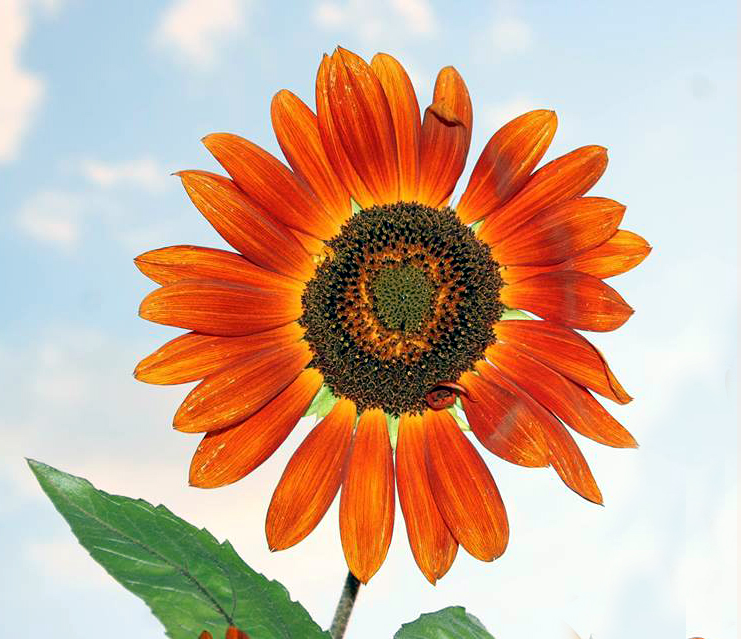Shared from an article by Zach Slavin in the National Audubon Newsletter from February 10, 2017
Native plants beat even the best bird feeder. Here’s what to put in your garden to transform it into a year-round wonderland. Birds and native plants are made for each other, thanks to millions of years of evolution. Large, colorful fruits feed birds and, in return, birds spread the plant’s seeds far and wide, supporting whole ecosystems. Native plants are also important hosts for protein-rich native insects like butterfly and moth caterpillars, which nesting birds need to feed their growing chicks. For their part, birds have shaped their entire life cycles, including their migrations and feeding habits, around plant communities and the seasonal fruits and insects they serve up.
The following are native plants for supporting them in your own yard:
SPARROWS: Blackberries and wild grasses. Sparrows love thickets and tall grass, so plant patches of blackberry thicket and wild grasses to attract them. Blackberries and wild grasses offer fruits and seeds as food, and they also provide nesting habitat, shelter from harsh weather, as well as foraging grounds where sparrows, along with other birds like warblers and chickadees, can hunt for insects.
 CARDINALS: Sunflowers, elderberries, and serviceberries. Sunflowers attract a wide variety of bird species, and so are practically bird feeders that you can grow in your yard. 95% of their diets are fruit during this time. Additionally, elderberry flowers attract insects, which in turn attract even more birds in spring. Many varieties of sunflowers, elderberries, and serviceberries are edible for humans, too – if you can beat the birds to them.
CARDINALS: Sunflowers, elderberries, and serviceberries. Sunflowers attract a wide variety of bird species, and so are practically bird feeders that you can grow in your yard. 95% of their diets are fruit during this time. Additionally, elderberry flowers attract insects, which in turn attract even more birds in spring. Many varieties of sunflowers, elderberries, and serviceberries are edible for humans, too – if you can beat the birds to them.
CROWS & JAYS: Oaks,and beeches. Caterpillars are a crucial food for nestling songbirds in the spring, and so these trees draw migrating warblers, tanagers, grosbeaks, and orioles, as well as crows and jays.
WOODPECKERS: Pines, hickories, oaks, and cherries. Pine, hickory, oak, and cherry trees attract loads of tasty insects during summer, and in the winter they extend your feeders’ reach with pine seeds, hickory nuts, acorns, and cherries. Some woodpeckers may even choose to stick around for a while; they hammer cavities into the sides of larger trees to nest during breeding season. Many other bird species take shelter in these nest cavities during the off-season, too.
CHICKADEES & TITMICE: Birches and sumacs. They mostly eat insects. Caterpillars are an especially important food, and, like oaks, birch trees host hundreds of different caterpillar species. They also serve up birch seeds, which are popular with chickadees, titmice, and other songbirds. Red winter berries are especially beautiful when held in the beaks of chickadees, titmice, and other birds that need this source of scarce winter food to survive.
FINCHES: Composite flowers, spruces, hemlocks, and pines. Colorful finches are attracted to the colorful flowers in the daisy family. Daisies, which include sunflowers, thistles, and asters, produce the small seeds favored by finches, and also the downy fibers used to line nests. The seeds of conifers, such as spruce, hemlock, and pines, are also important food sources for finches. The trees provide shelter during winter, and needles for nest-building in the summer.
Happy Birding…
Sharon Richardson | sharonorichardson@gmail.com
Heather Johnson | frioswimmer@gmail.com
Karen Hagemann | khallhagemann@hotmail.com
Wanda Holcombe | wandah70@gmail.com
Paul Wadehra | paul.wadehra@gmail.com